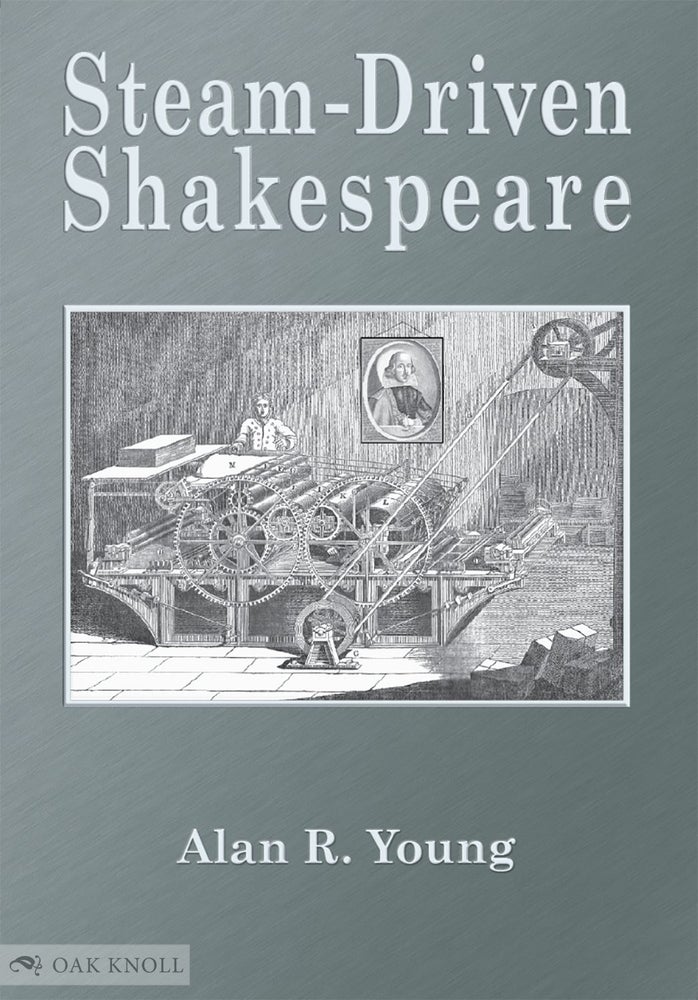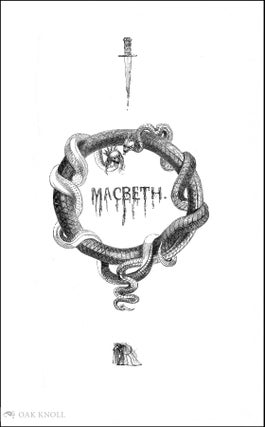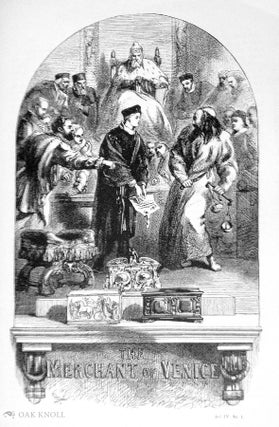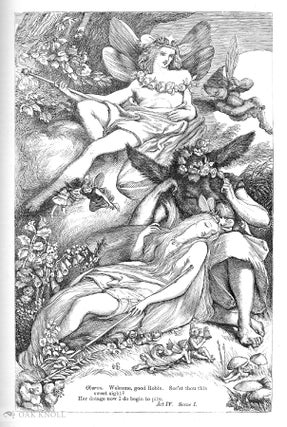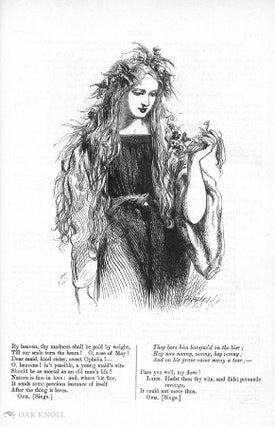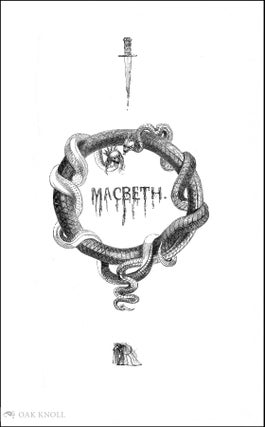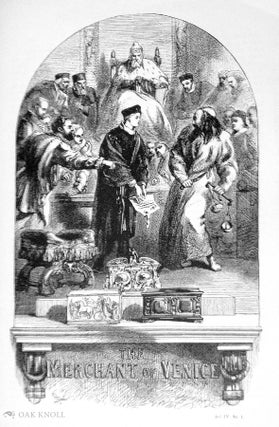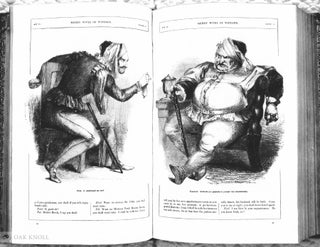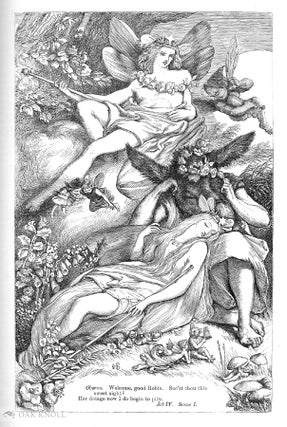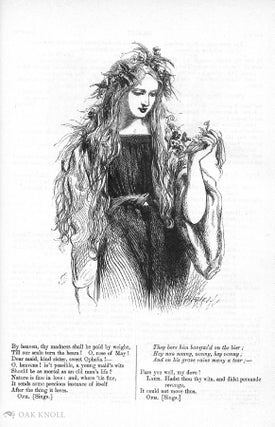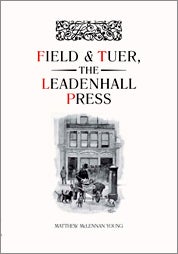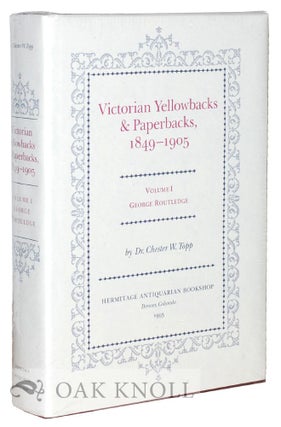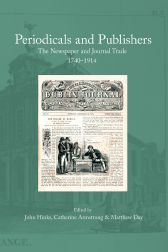STEAM-DRIVEN SHAKESPEARE OR MAKING GOOD BOOKS CHEAP: FIVE VICTORIAN ILLUSTRATED EDITIONS.
- New Castle, Delaware: Oak Knoll Press, 2017.
- 7.25 x 10.5 inches
- cloth, dust jacket
- 240 pages
- ISBN: 9781584563594
Price: $65.00 other currencies
Order Nr. 128980
"A fascinating and detailed account of the shared goal of these different Shakespearian publishers, alongside an analysis of how printing technology shaped their ability to carry out this mission."
- Katherine Scheil, PBSA
"This is a scholarly as well as readable account of the efforts of five publishers in the years 1838 to 1864 to bring Shakespeare to the masses... It is admirable in its painstaking scholarship and an enjoyable introduction to the exuberant world of Victorian pubIt is also, as one would expect of Oak Knoll, nicely produced, proillustrated and full of the kind of interesting, incidental detail that an approach of this sort can embrace."
- Paul McGrane, The Book Collector
"Masterly, richly detailed... The publication of the editions studied in this book brought about 'an immense cultural shift' by which 'Shakespeares texts became the property of all, and not merely the status possession of the privileged or the expensive tool of the scholar'... the efforts of their publishers and editors are justly chronicled and commemorated in this admirable study."
- Stanley Wells, TLS
Steam-Driven Shakespeare considers five major Victorian illustrated editions of Shakespeare, published by Charles Knight, Robert Tyas, George Routledge, John Cassell, and John Dicks between 1838 and 1869. These five publishers, all working in relatively close proximity to each other, dominated the Victorian market for illustrated editions of Shakespeare for some thirty years. Their success was dependent upon the introduction of steam-driven printing presses and paper-making machines, and other new technologies.
The publishers' innovative use of such resources enabled them to mass produce and distribute inexpensive books to an increasingly wide readership. The opening chapter of the book explores in some detail the alliance between Charles Knight and the printer William Clowes. Their pioneering experiments in using steam-driven printing to publish books illustrated with wood engravings laid the groundwork for a revolutionary change in the publishing of books and established the technological foundation upon which the four other publishers could build.
Successive chapters, beginning with that on Charles Knight, show how each publisher, when adjusting to the technological changes, had to assemble a coordinated workforce (editors, compositors, proof readers, artists, engravers, printers) that could meet the deadlines imposed by the timetable of serial publication, the format used for the initial publication of all five editions.
The book explores the genesis of each edition, the ideological bent of each publisher, the makeup and workings of each publishing workforce, the format and pricing structure of each edition, its use of illustrations, and distribution systems. As the successive chapters reveal, the editions are very different from each other. Examining those differences reveals the range of ways publishing houses operated when employing new technologies.
Alan Young is Professor Emeritus of English at Acadia University. He has written extensively on English Renaissance literature, the literature of Atlantic Canada, and the reception of Shakespeare in the Victorian era.

